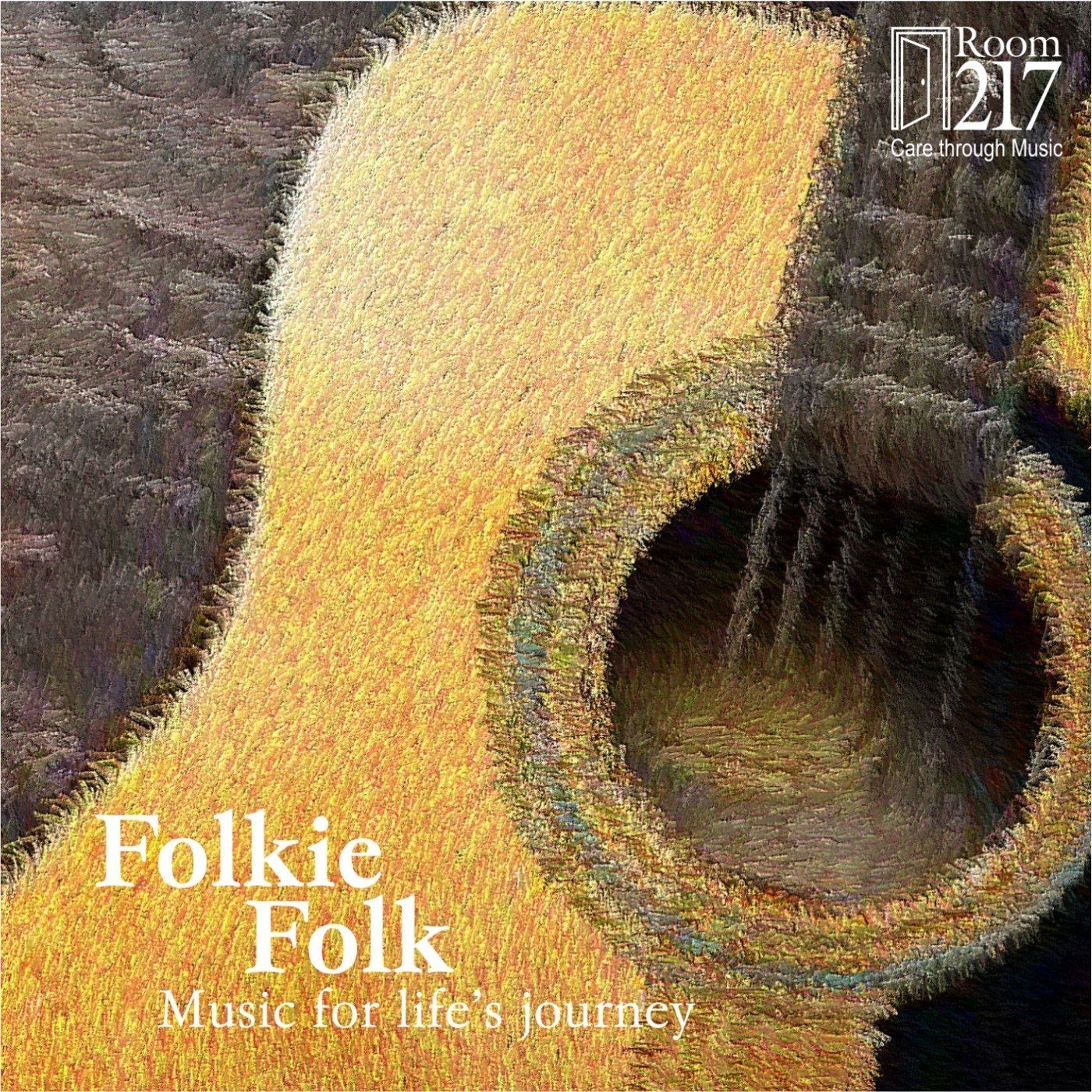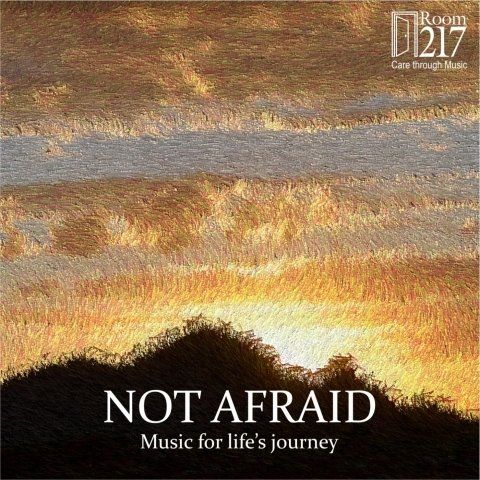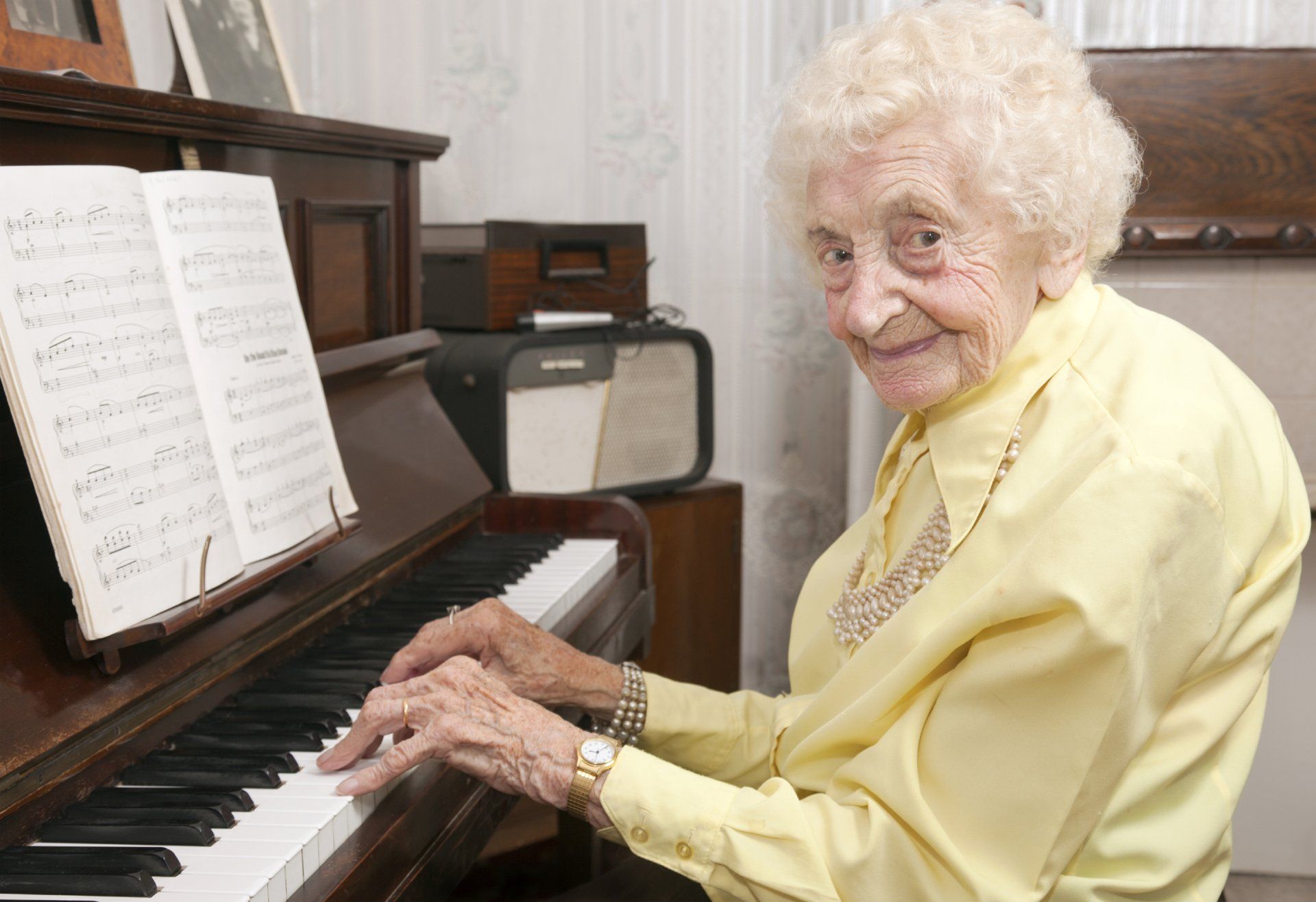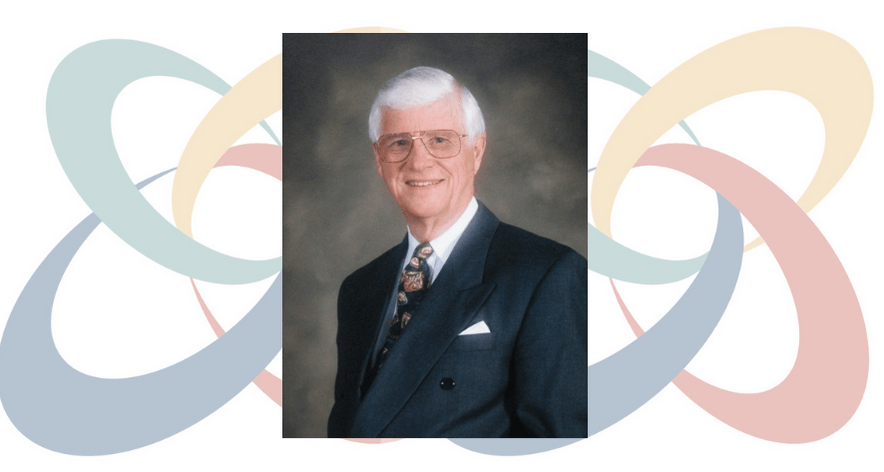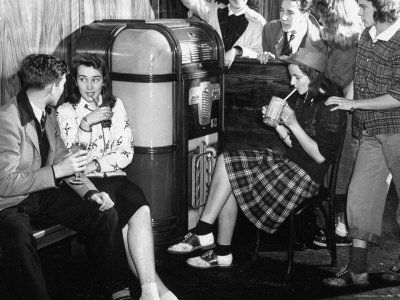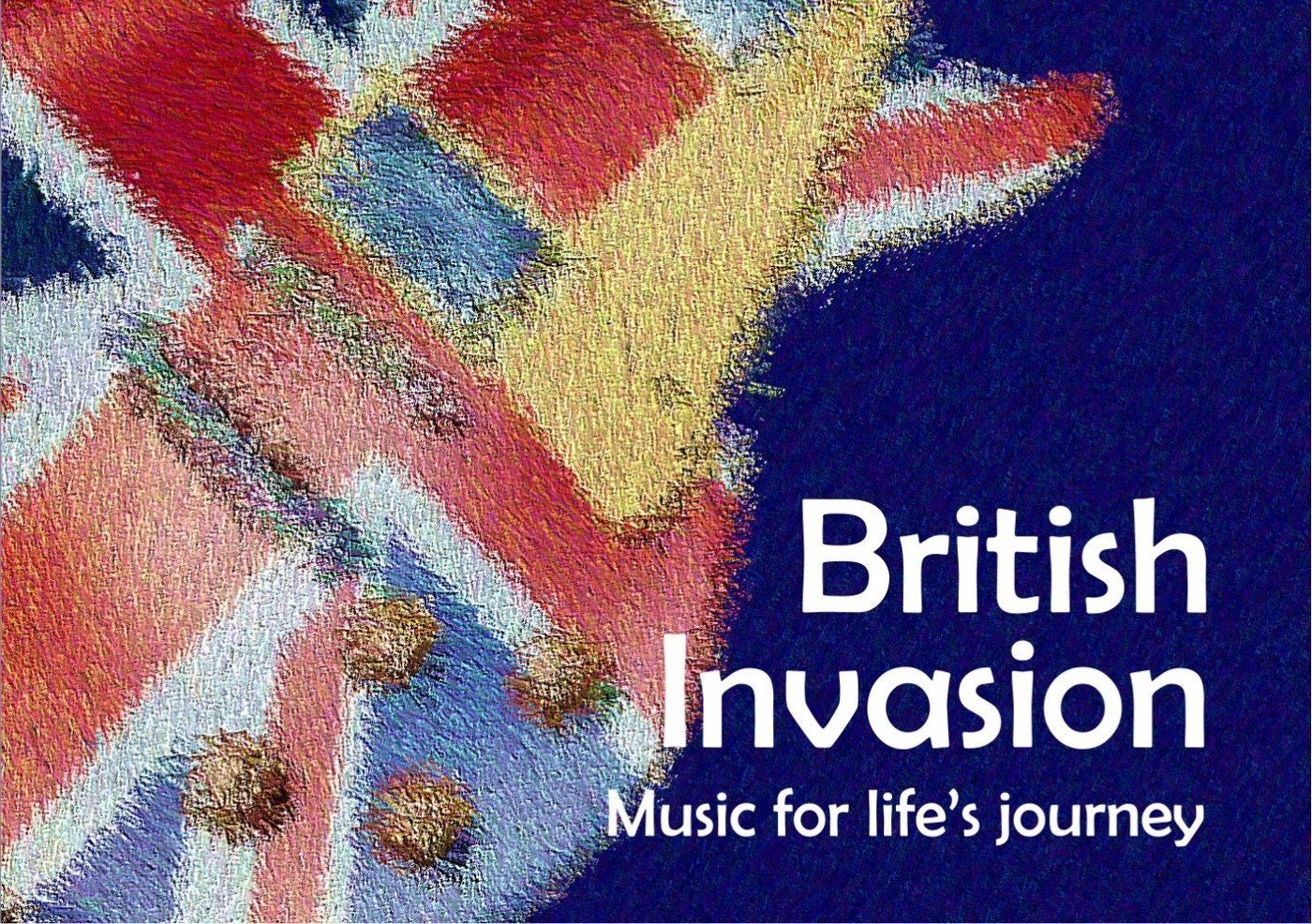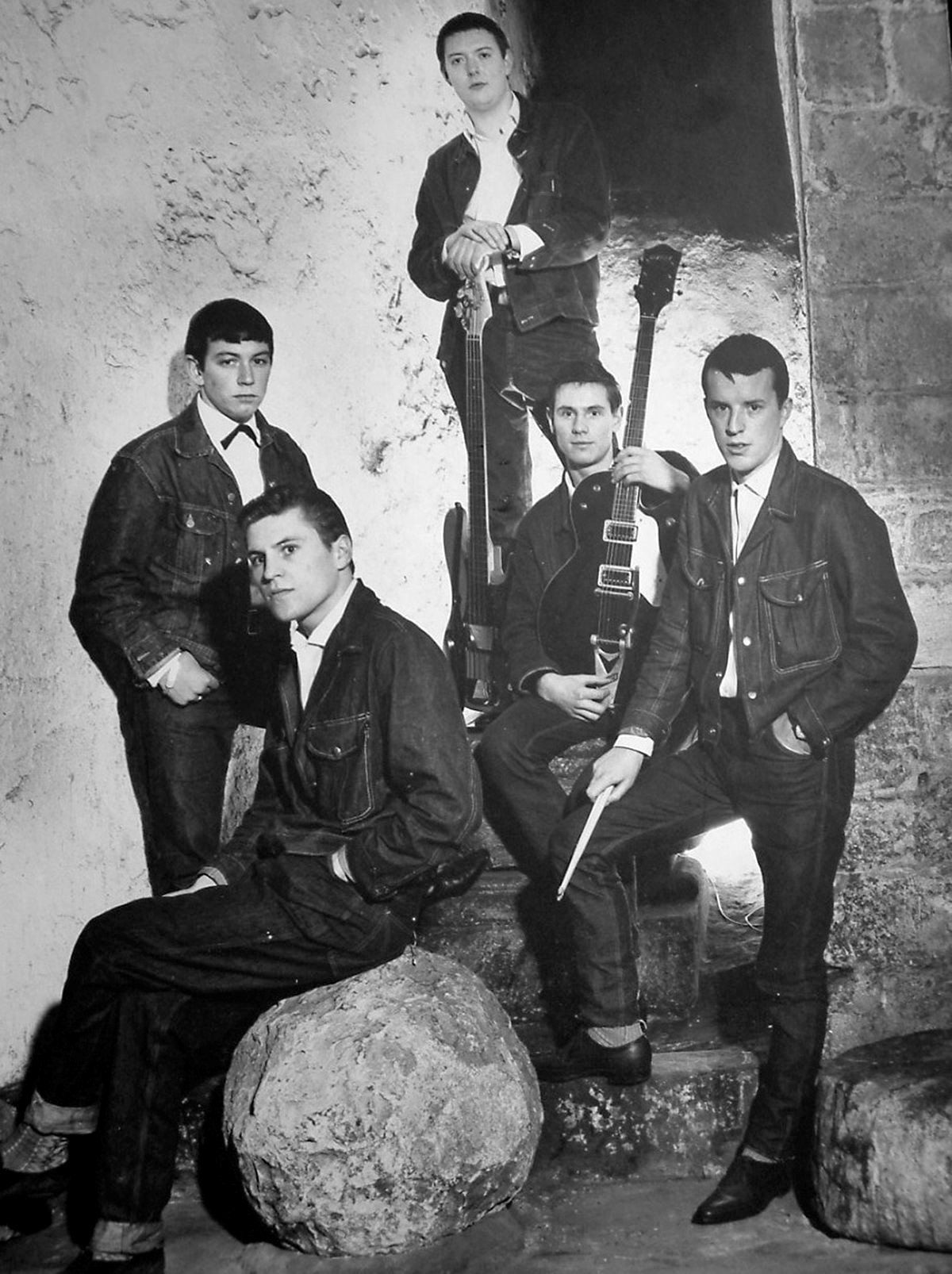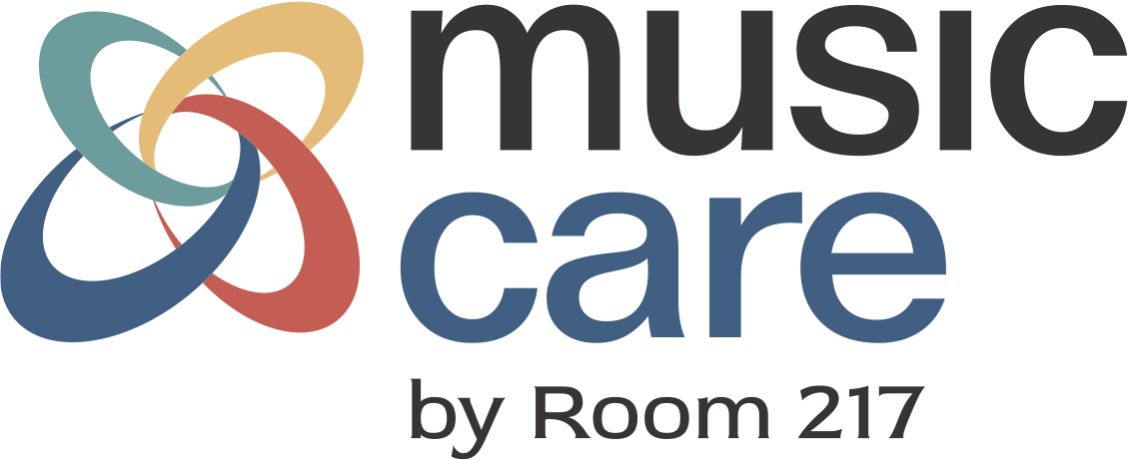Sing With Me - 5 Reasons to Sing With Older Adults
Did you know singing can improve voice quality?
As we age, it can become more effortful to execute the act of speaking. Older adults experience something called presbylaryngis, which is the hardening of the vocal folds. Singing can help older adults maintain important elements of vocal control, as well as create meaningful opportunities for interaction. Here are five reasons why you should sing with older adults.
1. Singing can increase breath support
As we age, our abdominal muscles become weakened due to lack of use which contributes to difficulties coordinating the act of speaking. By triggering our reflexive breathing response, we can address decreased breath support. For example, when you breathe out, you must breathe in.
It can also be helpful to make lyric sheets that indicate where to breathe! The next time you’re singing, try adding a reflexive breath and see if you feel a difference.
2. Singing can increase vocal volume
One common symptom of presbylaryngis is decreased volume, especially towards the ends of phrases. By singing with older adults and crescendoing (getting louder) through a phrase, you can target decreased volume.
It can be helpful to make lyric sheets that show the lyrics getting larger to indicate to sing louder. You can also add hand movements, like a pulling motion, to help with singing louder. The next time you’re singing, experiment with this and see if you can hear a difference!
3. Singing can increase range
Another common symptom of presbylaryngis is a higher pitched voice. The smaller our range, the less expressive we can be with our speaking voices. This is called inflection. Inflection is when we change the tone or pitch of our voice when we are speaking in order to convey a more precise meaning for our words or provide insight about how we are feeling.
It can be helpful to sing familiar songs in different keys. You might find that some keys feel more comfortable to sing depending on the range of your voice.
4. Singing can reduce speaking effort
Symptoms of presbylaryngis and weakened abdominal muscles can result in effortful speaking and vocal fatigue. Through singing tasks that focus on the different elements of vocal control, we can counterbalance the vocal load.
With speaking, the use it or lose it principle applies. The more we engage in the task, the easier it will be to do. By singing regularly we can support healthy speaking and singing voices, and communicate more easily with friends and family.
5. Singing improves emotional wellbeing
Group singing can reduce feelings of isolation and loneliness, as well as provide opportunities for meaningful connection by reminiscing about the positive memories that make us feel better. Singing with others can also make us feel more confident in our speaking and singing voices.
Sometimes, all we need to do is sing.


